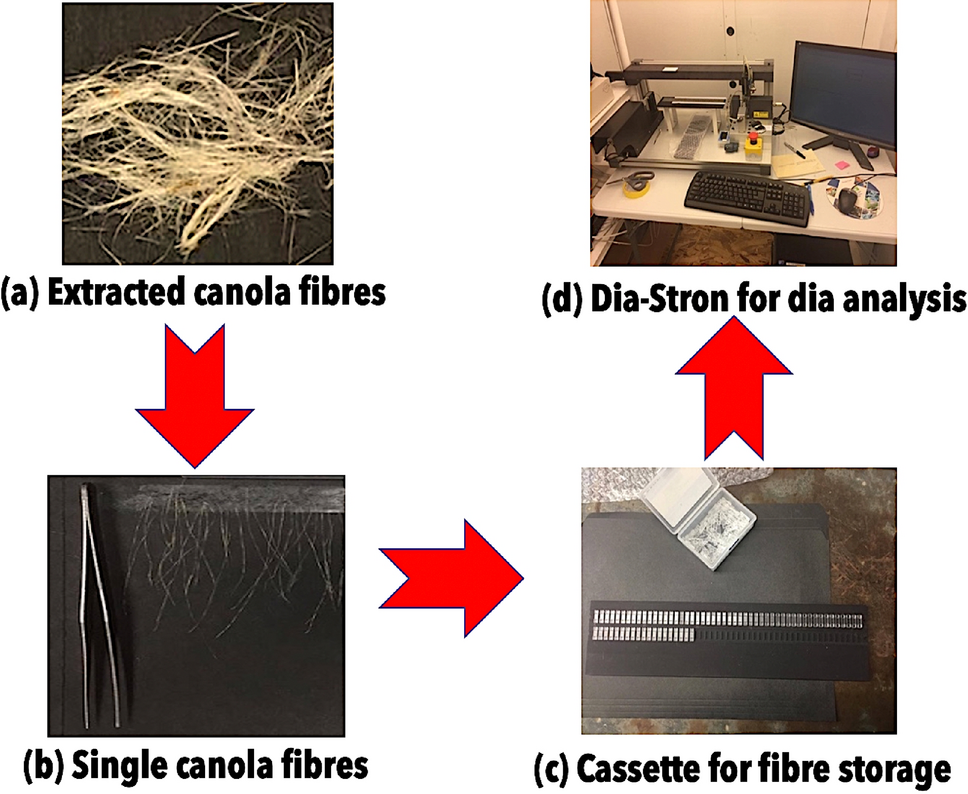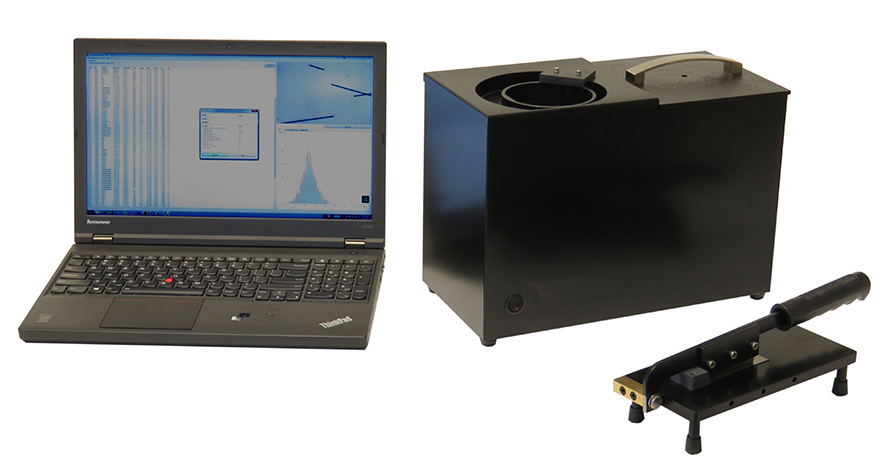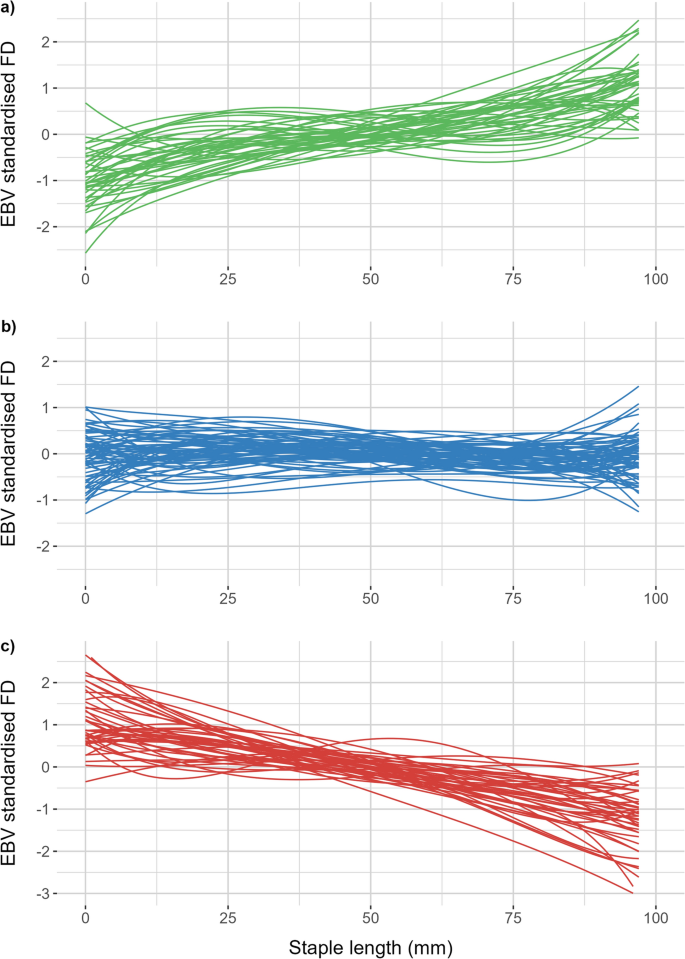Streamlining Measurements with a High-Accuracy Optical Fibre Diameter Analyser
Streamlining Measurements with a High-Accuracy Optical Fibre Diameter Analyser
Blog Article
Optimize Your Fiber Optic Performance: Recognizing Optical Fiber Size Analyser Modern Technology
The performance of fibre optic systems is critically influenced by the precision of their size, an aspect usually overlooked in the pursuit of optimal signal honesty. Understanding the innovation behind optical fiber diameter analysers exposes the elaborate balance between dimension accuracy and manufacturing quality.
Value of Optical Fibre Size
The diameter of optical fibre plays a crucial role in establishing the efficiency and effectiveness of interaction systems. It influences a number of essential parameters, consisting of the mode of light breeding, depletion, and data transfer capability. Larger diameters typically permit numerous light modes, assisting in higher data transmission prices. Conversely, smaller sized sizes often tend to sustain fewer modes, which can improve signal quality and minimize crosstalk.

In addition, understanding the diameter's implications can lead to set you back savings by decreasing the requirement for signal amplification and repeaters in extensive networks (optical fibre diameter analyser). To conclude, the importance of optical fiber diameter can not be overstated, as it straight impacts the general efficiency and dependability of modern communication systems

How Size Impacts Signal Quality
Signal high quality in optical fiber systems hinges substantially on the size of the fibre. The diameter influences a number of essential criteria, consisting of depletion, bandwidth, and modal dispersion. A smaller sized size can result in higher attenuation prices, causing signal loss as light trips through the fibre. This attenuation can jeopardize the honesty of the transmitted information, leading to a decline in signal top quality, particularly over lengthy distances.
Alternatively, larger sizes normally permit improved light capture and minimized modal dispersion, enhancing signal clarity. In multimode fibres, a bigger core diameter can support several light modes, yet it might likewise present intermodal diffusion, which can degrade signal high quality. Choosing the optimum fibre size is essential for achieving the wanted performance in particular applications.
In addition, the interaction in between the fibre diameter and the wavelength of the light utilized plays an essential function in determining the effective transmission distance and general signal integrity. Comprehending exactly how fibre diameter affects signal high quality is vital for network developers and engineers making every effort to enhance optical fiber systems for trustworthy, high-speed information transmission.
Review of Size Analyser Innovation
In lots of optical fiber manufacturing processes, exact dimension of fiber size is necessary for making certain consistent efficiency and quality (optical fibre diameter analyser). Diameter analysers are innovative instruments designed to evaluate the physical dimensions of optical fibres with high precision. They use sophisticated optical and laser technologies to gauge the size, ovality, and concentricity of the fiber, thus giving vital information for quality assurance
These analysers can run in-line throughout the production process or as component of off-line screening methods. In-line systems allow real-time monitoring, permitting producers to change specifications promptly, consequently keeping optimal manufacturing problems. Off-line analysers, on the other hand, give detailed evaluations of batches, ensuring that any kind of deviations from defined resistances are identified and addressed.
Size analysers dramatically add to the decrease of defects in optical fibres, boosting overall product integrity. By regularly gauging crucial parameters, these modern technologies facilitate conformity with sector standards and specs. As the need for high-performance optical fibers proceeds to climb, the duty of diameter analysers becomes significantly essential in accomplishing the wanted top quality and performance requirements in fiber optic systems.
Key Attributes of Fibre Size Analysers
Although various models of fibre size analysers exist, they typically share several key functions that boost their capability and reliability. One of the most considerable functions is high-resolution measurement capabilities, which make certain specific diameter analyses, vital for preserving quality assurance in fibre manufacturing. Furthermore, several analysers incorporate advanced optical sensing units designed to discover minute variations in fibre diameter, thus supplying vital information for process optimization.
An additional important function is real-time surveillance, permitting drivers to receive immediate responses on fibre diameter throughout the manufacturing process (optical fibre diameter analyser). This capability facilitates rapid adjustments and decreases the chance of defects. Several analysers likewise come furnished with straightforward interfaces, making it possible for operators to easily navigate with information and settings results
Furthermore, durable data storage space and evaluation capabilities are vital for tracking historic efficiency fads and guaranteeing conformity with sector standards. click here now These features collectively contribute to the efficacy of fiber diameter analysers in maximizing fiber optic efficiency.
Ideal Practices for Fiber Optimization

First, normal calibration of optical fiber diameter analysers is necessary. This makes certain precise dimensions and minimizes possible disparities that can impact performance. Next, keeping a clean functioning environment is important; dirt and contaminants can lead to indicate deterioration.
Furthermore, it is essential to select fibers that fulfill details application needs. This involves assessing aspects such as depletion, bandwidth, and ecological go conditions. Proper installation techniques must likewise be followed, consisting of preventing sharp bends and too much tension, which can jeopardize fiber integrity.
Furthermore, employing innovative surveillance systems can help with real-time performance analyses, making it possible for timely recognition of issues. Regular testing and maintenance should be conducted to guarantee that fibres stay within optimum operational specifications.
Last but not least, training employees on the most recent fibre optimization modern technologies and approaches will certainly enhance their ability to apply efficient methods. By complying with these best practices, organizations can substantially improve the performance and life-span of their optical fibre systems, making sure reliable interaction and information transfer.
Final Thought
In conclusion, the combination of optical fiber size analyser technology is critical for maximizing fibre optic efficiency. By guaranteeing exact measurements of fibre measurements, these analysers significantly boost signal high quality and minimize losses throughout data transmission.
Signal high quality in optical fibre systems pivots significantly on the size of the fiber.In several optical fiber manufacturing processes, precise dimension of fiber diameter is vital for ensuring constant efficiency and high quality. As the need for high-performance optical fibers proceeds to increase, the duty of size analysers ends up being progressively vital in accomplishing the desired quality and efficiency standards in fiber optic systems.
These attributes collectively contribute to the effectiveness of fiber size analysers in enhancing fibre optic performance.
In final thought, the assimilation of Click This Link optical fibre diameter analyser modern technology is critical for making best use of fibre optic efficiency.
Report this page